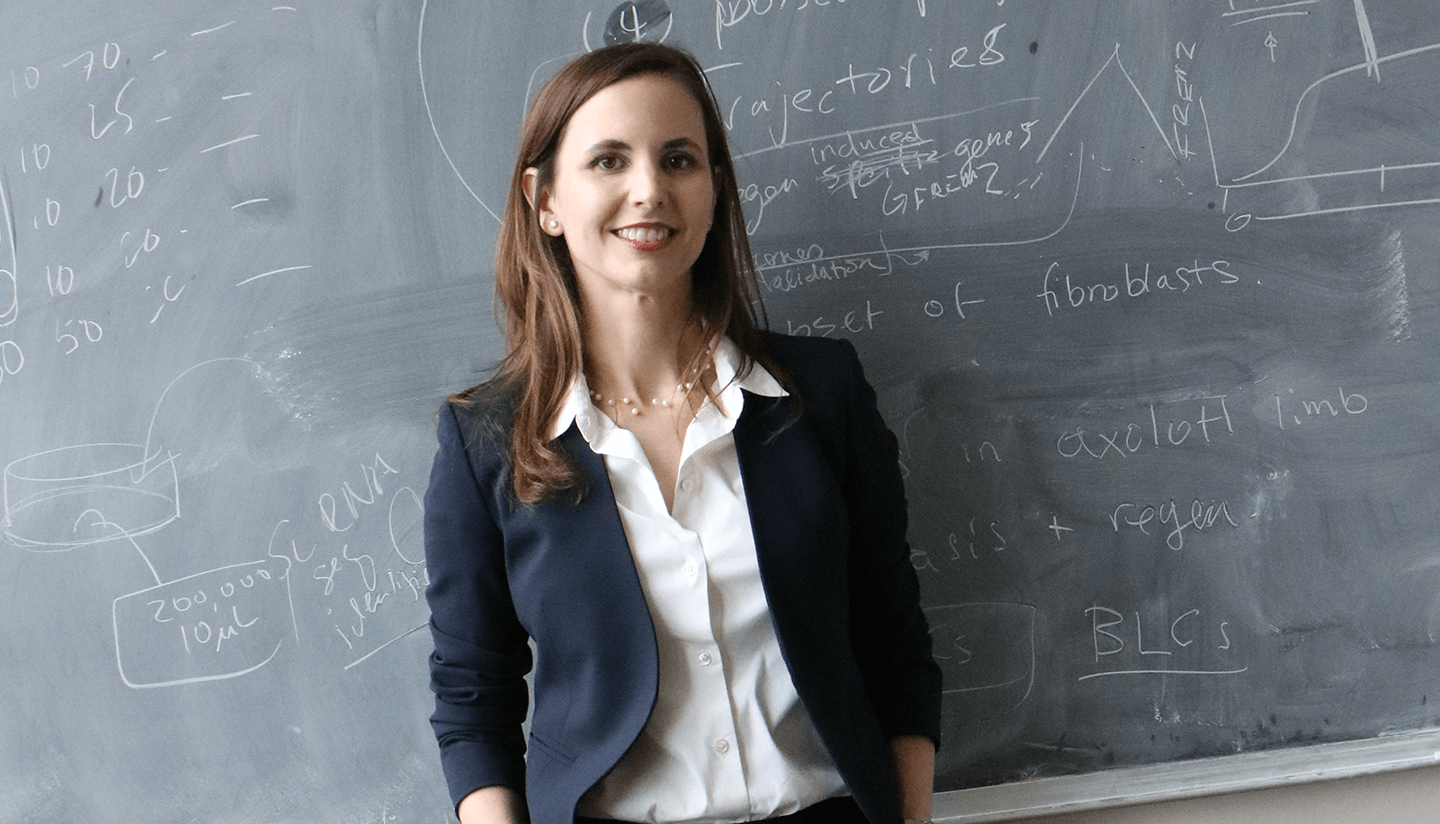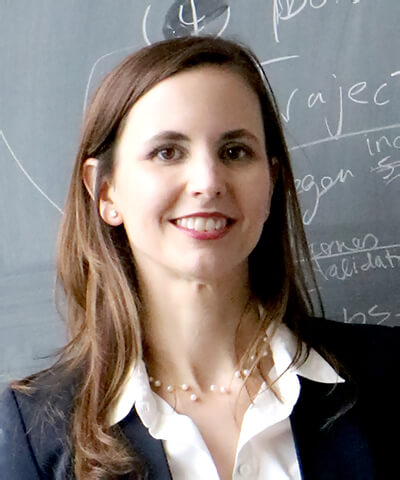
What is the focus of your lab’s research?
For several hundred years, it has been known that axolotl salamanders possess the remarkable ability to regenerate severed limbs. Unlike humans, salamanders can regrow limbs throughout their entire lives. They are really the only example in the natural world that can do limb regeneration really well. This ability has captivated scientists for generations, and my lab’s primary focus is to unravel the genetic, molecular, and systemic processes behind this phenomenon.
What makes salamanders’ limb regeneration unique and of interest for human health?
Salamanders’ limb regeneration is particularly intriguing because they possess limbs that closely resemble human arms and legs. Studying them offers a direct connection to understanding human limb regeneration. With an increasing number of individuals dealing with limb loss, finding ways to stimulate human limb regeneration could have profound implications for prosthetics and patient care. The ultimate therapy would be to stimulate human limb regeneration because prosthetic limbs are never going to be as good as the real thing.
We especially want to know more about the body-wide injury responses that set the salamander up to regenerate. Our recent research has revealed that when salamanders experience amputation, stem cells throughout the entire body are activated. This widespread activation is a crucial step in the regeneration process moving from a ‘dividing once in a while’ situation to the stem cells becoming hyperproliferative, not just at the site of the amputation but the whole body. We have discovered that certain signaling pathways, including mTOR and insulin signaling, as well as the hormone adrenaline, play pivotal roles in this activation.
We’re excited about these findings because they could potentially pave the way for future therapies in human limb regeneration. By unraveling the complex processes that govern limb regeneration in salamanders, we can better inform potential treatments for individuals who have suffered limb loss. Additionally, our findings may have broader implications for regenerative medicine beyond limb regeneration.
What specific projects is your lab studying?
We are working on deciphering how activated stem cells transition into specialized blastema cells, which are key to limb regeneration. Additionally, we are interested in understanding the potential connections between stem cell activation and the long-term health of amputees. We are planning to extend our research into human amputee populations and look for circulating biomarkers that might indicate chronic stress related to stem cell activation.
